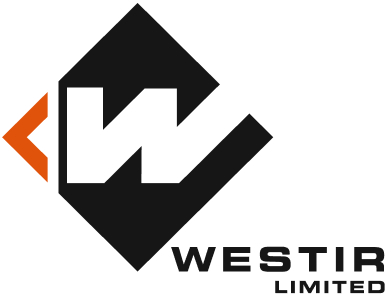SOCIAL RETURN ON INVESTMENT TRAINING 2018
WESTIR Limited had an opportunity to attend a two day Social Return on Investment (SROI) course run by Social Ventures Australia in February 2018. This is in response to a number of our clients requesting us to place a value amount on activities when evaluating their community-based programs or projects. A summary of the two day SROI course is below. Please see www.socialventures.com.au for more SROI resources and training opportunities.
DAY 1 – INTRODUCTION TO SOCIAL VALUE AND SROI ANALYSIS
The first day of training outlined the concepts and principles of SROI. SROI is a framework for measuring and accounting for a much broader concept of value that is not often undertaken in society. SROI is about value rather than just money and looks at the social, cultural, environmental and economic impact of an activity. SROI is a framework, not a tool which helps us structure our thinking and put meaning and purpose to what we do. There are a number of principles that SROI practitioners use to guide their decision making process, including:
- Involve stakeholders: the process is stakeholder informed not stakeholder led.
- Understand the changes: positive/negative, intended/unintended, short term/long term.
- Value the things that matter: different stakeholders value different things.
- Only include what is material: items that are tangible, quantifiable, relevant and significant.
- Don’t overclaim the impacts.
- Be transparent: walk people through how you got to the end point.
- Verify the result: think about reviewing and validating your work through an independent peer review process.
There are two types of SROI – evaluative (looking back at the value of a previous or existing program/project) and forecast (predicting the value of a future program/project).
The second half of the first day of training saw participants start the process of SROI analysis on real life examples, specifically Steps 1 and 2. The main stages of the SROI analysis include:
- Establishing scope and identifying stakeholders
- Mapping outcomes
- Evidencing outcomes and giving them a value
- Establishing value
- Calculating SROI
- Reporting, using and embedding.
Real life examples used included out of home care support programs, mental health programs, affordable housing and homelessness initiatives, Indigenous land projects and social infrastructure developments.
DAY 2 – SROI MEASUREMENT, EVALUATION AND REPORTING
The second day of training focused on finishing the SROI analysis process by creating the indicators for a program/project’s outcomes and determining the value placed for those indicators. This ultimately allows the measurement of SROI for the program/project. An indicator was defined as information that allows change to be measured (which is directly related to the outcome). The indicator needs to measure how much change has occurred, not just count the occurrences (for example, the amount of self-confidence rather than just the number of users who feel more confident). Once the indicators have been decided for the program/project’s outcome, it is important to put a value on it. Money is often the best proxy for measuring value. There are a number of methods that are used to measure value, including changes in money and/or resource availability, stated and/or revealed preference and life satisfaction. Ultimately, it is the stakeholders that determine value. Once a value of indicators is determined, it is also important to judge the following factors:
- Deadweight: percentage of the outcome that would have happened anyway.
- Displacement: percentage of the outcome that has just moved around outputs rather than creating net change.
- Attribution: percentage of the outcome that is attributed to someone else.
Once you have determined all these factors, you can calculate value. The value calculation is the outcomes (defined as quantity multiplied by financial proxy) minus the deadweight, displacement and attribution). SROI is then calculated by dividing the total value calculated by the total input calculated. Once you have your SROI calculated, you must also account for drop off or the future value of the program/project – in other words, you need to determine whether the outcome is worth the same in future years and if not, what percentage does it drop each year.
The training concluded with tips on how to report your SROI analysis findings. It is important that the final report should include much more than the SROI calculation – it should tell the story of change and explain the decisions made in the course of your analysis.
BECOMING AN ACCREDITED SROI PRACTITIONER AND IMPORTANT LINKS
In order to become an accredited SROI practitioner, you must undertake the following tasks:
- Complete the SROI training run by Social Ventures Australia (or similar)
- Be a member of Social Value International or a similar national network such as Social Impact Measurement Network Australia (SIMNA)
- Complete a SROI analysis and get it assured
Some important links to further your knowledge of or training in SROI:
- Social Ventures Australia: socialventures.com.au
- Social Value International: socialvalueint.org
- Social Value UK: socialvalueuk.org
- A Guide to Social Return on Investment: socialvalueuk.org/resources/sroi-guide/
- Social Impact Measurement Network Australia (SIMNA): simna.com.au
- Global Value Exchange: globalvalueexchange.org
- Australian Social Value Bank: asvb.com.au
- SROI self-assessment tools: sroiselfassessment.org


